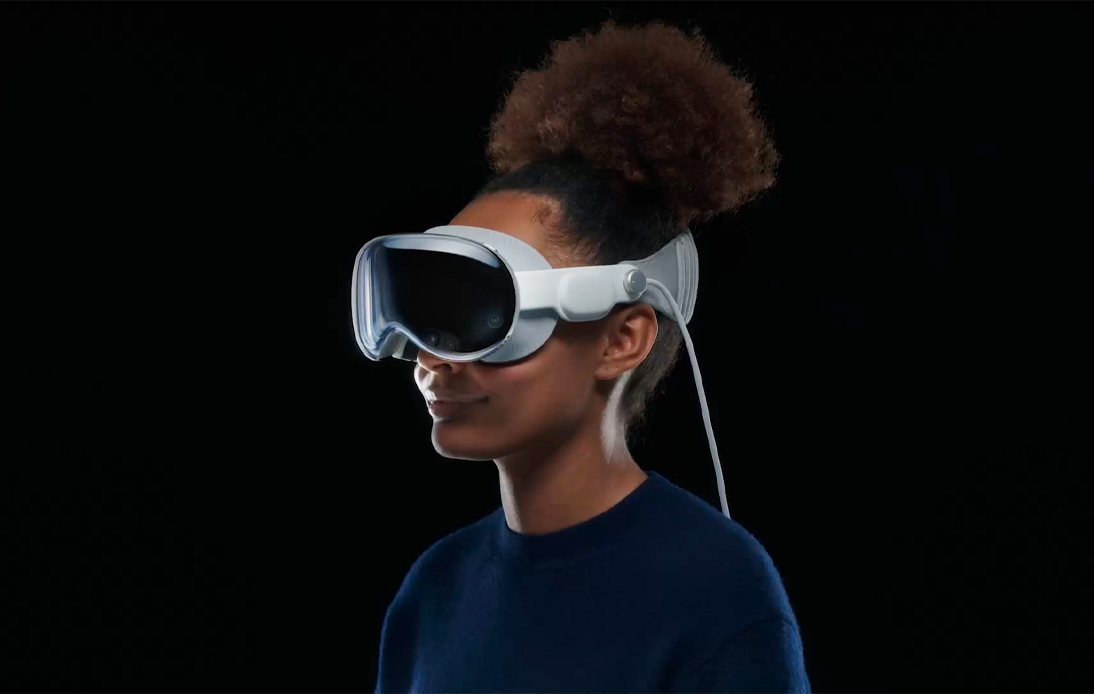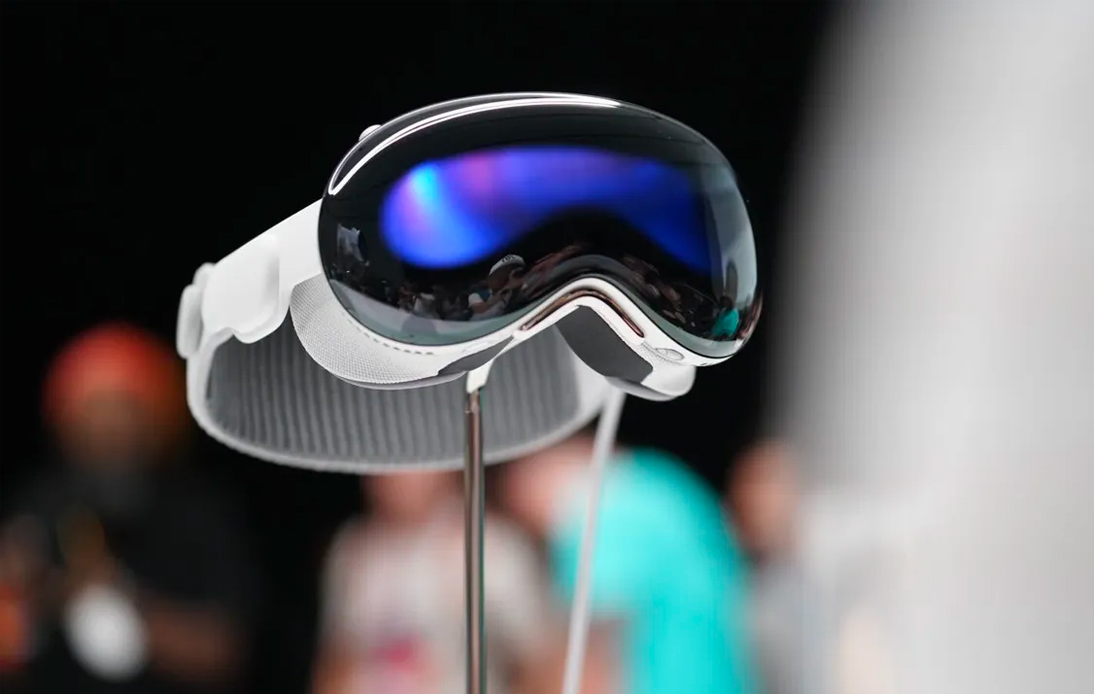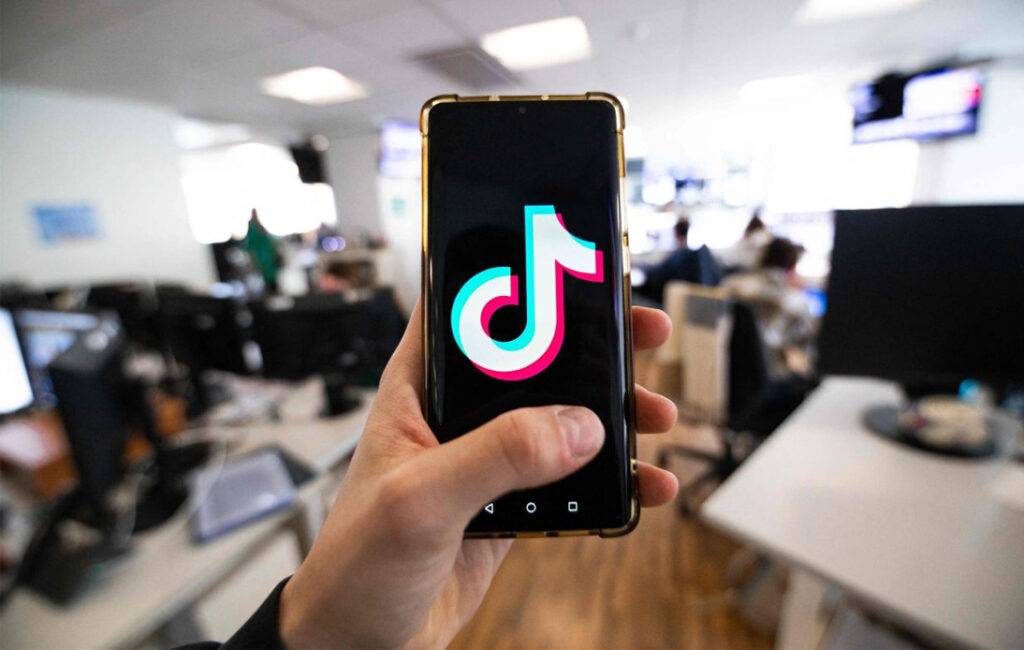
After much anticipation, Apple has finally unveiled its first augmented reality headset, Vision Pro, at the annual World Wide Developers Conference.
This revolutionary product is a departure from previous Apple devices, as it’s designed to look out of rather than at, said CEO Tim Cook at the event.
The Vision Pro, priced starting at $3,499 (THB 121,670) and set for availability in early next year, represents a significant leap forward in augmented reality (AR) technology.
It allows users to blend the digital and physical world navigated via their eyes, voice, and hands – eliminating the need for any controllers.
In terms of design, Vision Pro features a single thick band that sits at the back of the user’s head, which connects to a large, sleek screen covering the eyes.
The device runs on VisionOS, hailed as ‘the world’s first spatial operating system.’
Mike Rockwell, Apple’s vice president of the Technology Development Group, explained that creating their first spatial computer necessitated innovation across nearly every facet of the system, with a seamless fusion of hardware and software.
Users navigate the augmented experience by moving their eyes and hands and uttering specific commands.
The EyeSight feature of the device displays the user’s eyes to others, a stark contrast to Meta’s Quest, which has an opaque visor.
Vision Pro’s exterior screen communicates its operational status to the outside world.
When in full virtual mode, it enables both the user and an outsider to see each other, a feature underscored by Apple’s human interface chief, Alan Dye, who said, “You’re never isolated from people around you. You can see them, and they can see you.”
Equipped with an ultra-high-resolution display system offering 23 million pixels across two displays and custom Apple silicon, the Vision Pro promises immersive real-time experiences.
However, it requires an external power source, either a wall socket or battery pack, as standalone use isn’t an option.
Despite this limitation, the device can run for two hours with an external battery, which according to Apple, lessens the weight on the user’s head.
The Vision Pro features a three-dimensional camera and microphone system capable of capturing videos and photos that can later be viewed in 3D.
For professional use, the headset can interact with a trackpad and keyboard, functioning like a traditional computer with multiple displays.
It also facilitates playback of life-sized memories, such as videos of children or parties, in your living room.
“Users can access their entire photo library on iCloud and view their photos and videos at a life-size scale with brilliant colour and spectacular detail,” Apple declared in the announcement.
Users can also engage in FaceTime calls, watch movies, TV shows, and play over a hundred Apple Arcade games.
Apple Immersive Video offers 180-degree high-resolution recordings with Spatial Audio, transporting users to entirely new places. Over the course of developing Vision Pro, Apple has filed over 5,000 patents.
The design includes a laminated glass front display, an aluminum alloy frame that curves around the face, flexible straps for audio proximity, and a three-dimensionally knitted head band.
Much like the Apple Watch, a Digital Crown on the side controls how present or immersed users are in an environment.
Apple emphasizes the headset’s ‘industry-leading privacy and security’ features, allowing users to maintain control over their data.
This is facilitated through the Optic ID, an authentication system that uses a user’s iris for secure identification.
Importantly, data from the camera and other sensors is processed at the system level, thereby ensuring privacy while enabling spatial experiences.





















